10 Best Herbal Tinctures For Ear Infection
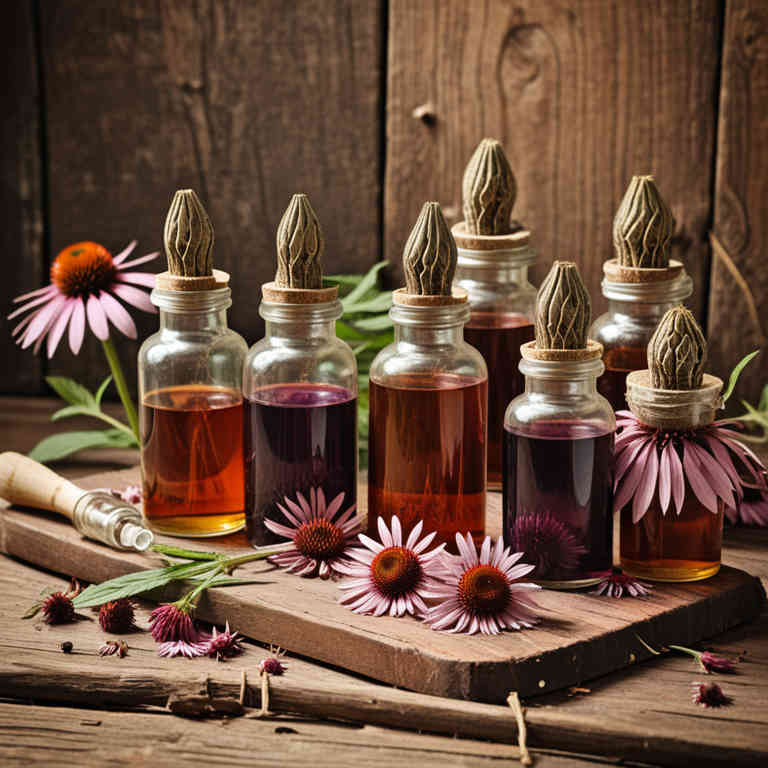
Herbal tinctures have gained popularity as a natural alternative for treating ear infections, often containing ingredients like echinacea, garlic, and calendula, which are believed to possess antimicrobial and anti-inflammatory properties.
These tinctures are typically prepared by soaking herbs in alcohol or glycerin to extract their active compounds, making them easy to administer in small doses. While some studies suggest that certain herbs may help reduce symptoms and support the body's immune response, scientific evidence on their effectiveness for ear infections remains limited. Many people use herbal tinctures as part of a holistic approach to health, often in conjunction with conventional treatments like antibiotics.
However, it is important to consult a healthcare professional before using herbal remedies, especially for children or individuals with underlying health conditions.
FREE COURSE
How to make medicinal herbal tinctures for common ailments at home and in a weekend (using the Healing Drops System).

Table of Contents
1. Echinacea purpurea
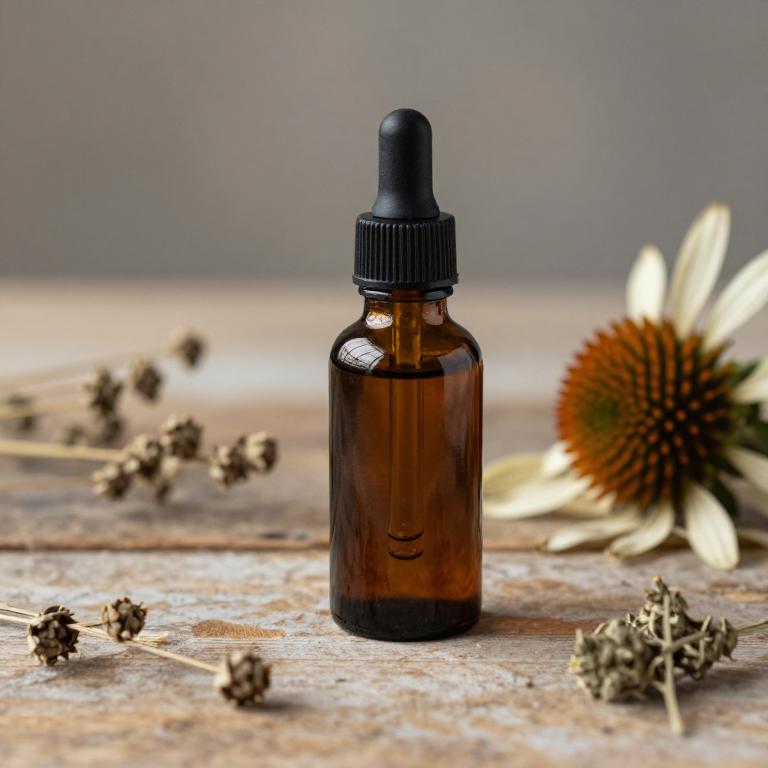
Echinacea purpurea herbal tinctures are commonly used as a natural remedy to support the immune system and potentially reduce the severity of ear infections.
These tinctures contain active compounds such as alkamides, caffeic acid derivatives, and flavonoids, which are believed to have anti-inflammatory and antimicrobial properties. While some studies suggest that echinacea may help shorten the duration of colds, its effectiveness specifically for ear infections remains inconclusive. It is often recommended as a complementary therapy rather than a primary treatment for bacterial or viral ear infections.
As with any herbal supplement, it is important to consult a healthcare provider before use, especially for children or individuals with allergies or existing medical conditions.
2. Hypericum perforatum
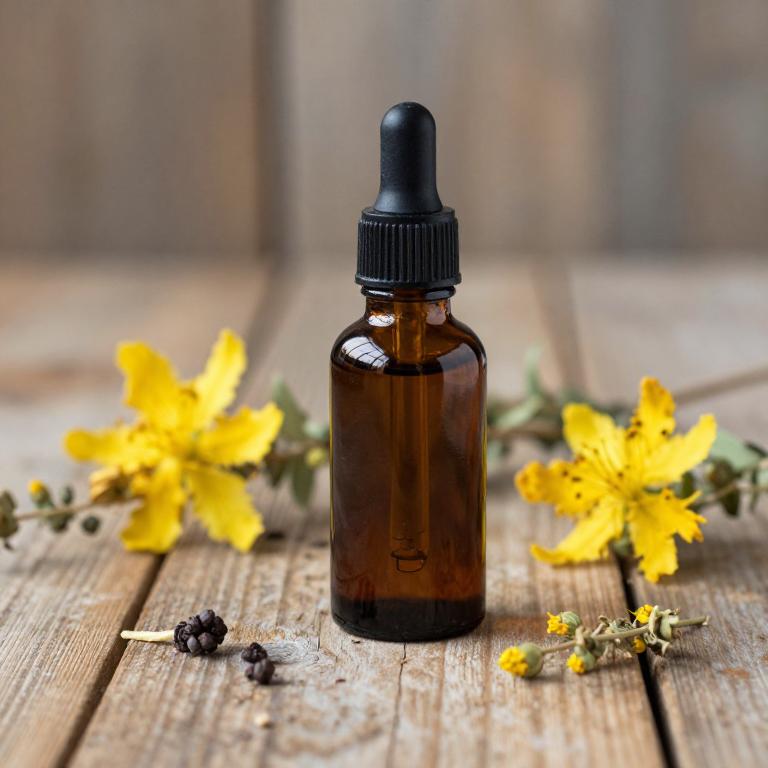
Hypericum perforatum, commonly known as St. John's Wort, is a herbal plant that has been traditionally used for its anti-inflammatory and antimicrobial properties.
Herbal tinctures made from Hypericum perforatum are sometimes used as a complementary therapy for ear infections due to their potential to reduce inflammation and combat bacterial or fungal growth. These tinctures are typically prepared by soaking the dried plant material in alcohol, allowing the active compounds to be extracted for use in ear drops or oral administration. While some studies suggest possible benefits, it is important to consult a healthcare professional before using St. John's Wort, as it can interact with certain medications and may not be suitable for all individuals.
Overall, Hypericum perforatum tinctures may offer a natural alternative for managing symptoms of ear infections, though their efficacy and safety should be carefully evaluated.
3. Zingiber officinale
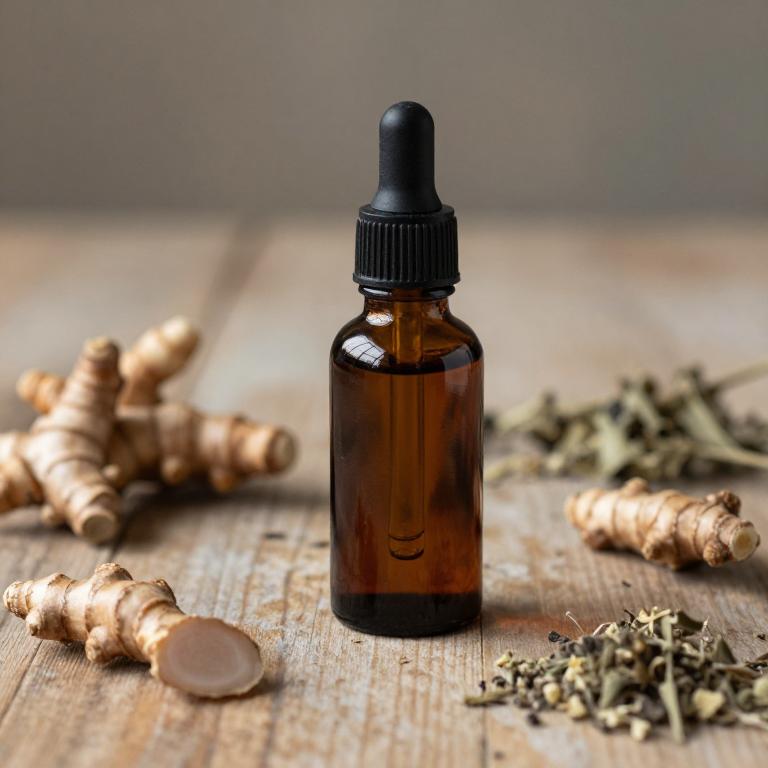
Zingiber officinale, commonly known as ginger, has been traditionally used for its anti-inflammatory and antimicrobial properties, making it a potential candidate for herbal tinctures aimed at treating ear infections.
When prepared as a tincture, ginger extract can be applied topically or used in conjunction with other remedies to alleviate symptoms such as pain and inflammation in the ear. While some studies suggest that ginger may help reduce ear discomfort, it is important to note that it should not replace professional medical treatment for infections. Due to the risk of irritation or allergic reactions, it is advisable to consult a healthcare provider before using ginger tinctures for ear infections.
Overall, ginger tinctures may offer supportive relief but should be used cautiously and under guidance.
4. Allium sativum
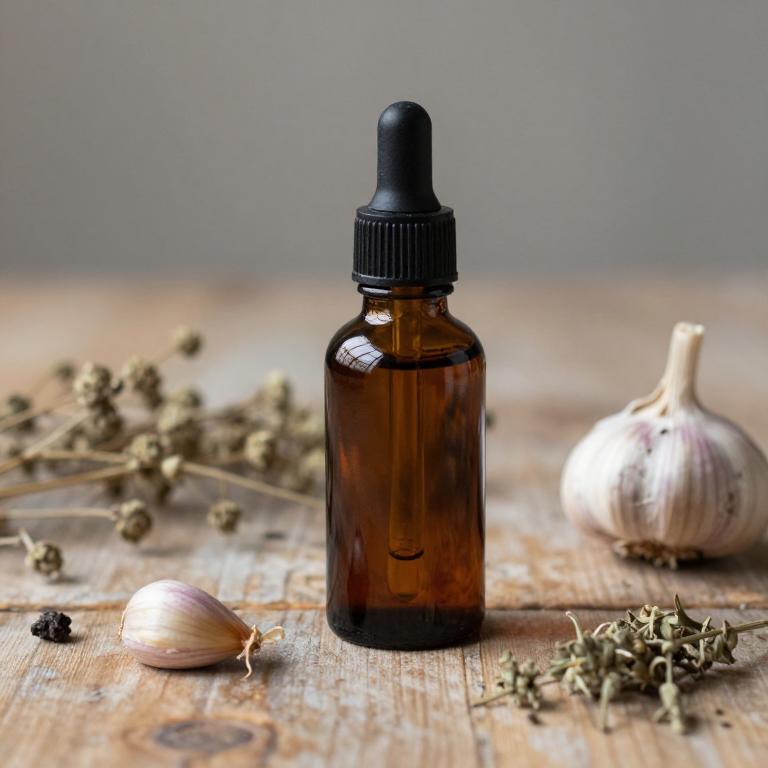
Allium sativum, commonly known as garlic, has been traditionally used for its antimicrobial and anti-inflammatory properties, and garlic-based herbal tinctures have gained attention for their potential role in treating ear infections.
These tinctures are typically prepared by soaking crushed garlic cloves in alcohol, allowing the active compounds such as allicin to be extracted. While some studies suggest that garlic may help reduce bacterial growth and inflammation in the ear canal, more clinical research is needed to confirm its efficacy in treating ear infections. Due to the risk of irritation or damage to the delicate ear tissue, it is crucial to consult a healthcare professional before using garlic tinctures for ear infections.
Overall, garlic tinctures may offer a natural alternative, but they should not replace conventional medical treatments without proper guidance.
5. Achillea millefolium
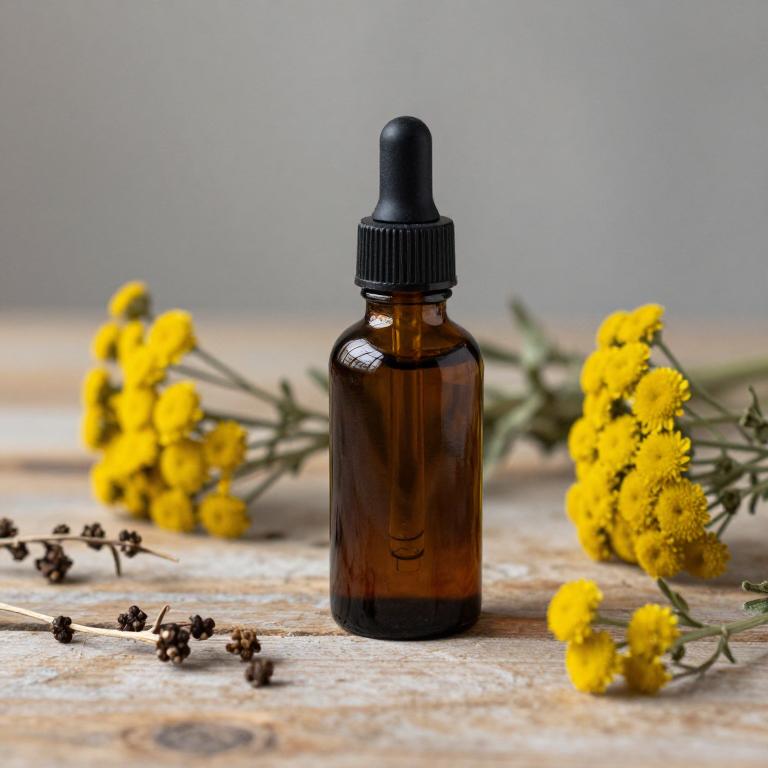
Achillea millefolium, commonly known as yarrow, has been traditionally used for its anti-inflammatory and antimicrobial properties, making it a potential candidate for herbal tinctures aimed at treating ear infections.
When prepared as a tincture, achillea millefolium may help reduce inflammation and support the body's natural healing processes in the ear. However, it is important to note that while some preliminary studies suggest its efficacy, there is limited clinical evidence specifically supporting its use for ear infections. As with any herbal remedy, it should be used under the guidance of a qualified healthcare provider, especially when dealing with a condition like an ear infection.
Always consult a medical professional before using herbal tinctures as a treatment for ear infections to ensure safety and effectiveness.
6. Chamomilla recutita
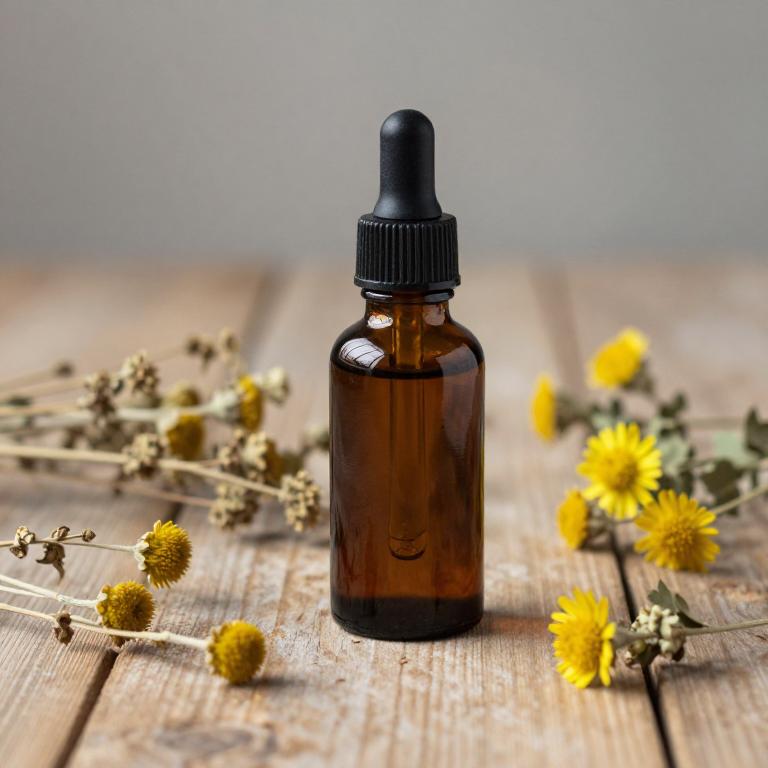
Chamomilla recutita, commonly known as German chamomile, has been traditionally used for its calming and anti-inflammatory properties, and its herbal tinctures are often considered for treating ear infections due to their potential antimicrobial and soothing effects.
The tincture is typically prepared by soaking the dried flowers in alcohol, allowing the active compounds such as bisabolol and flavonoids to be extracted for use. While some studies suggest that chamomile may help reduce inflammation and support healing in the ear canal, it is not a substitute for conventional medical treatments. It is important to consult a healthcare professional before using chamomile tinctures, especially for children or individuals with known allergies.
As a complementary therapy, chamomile tinctures may provide relief from mild symptoms associated with ear infections when used under proper guidance.
7. Salvia officinalis
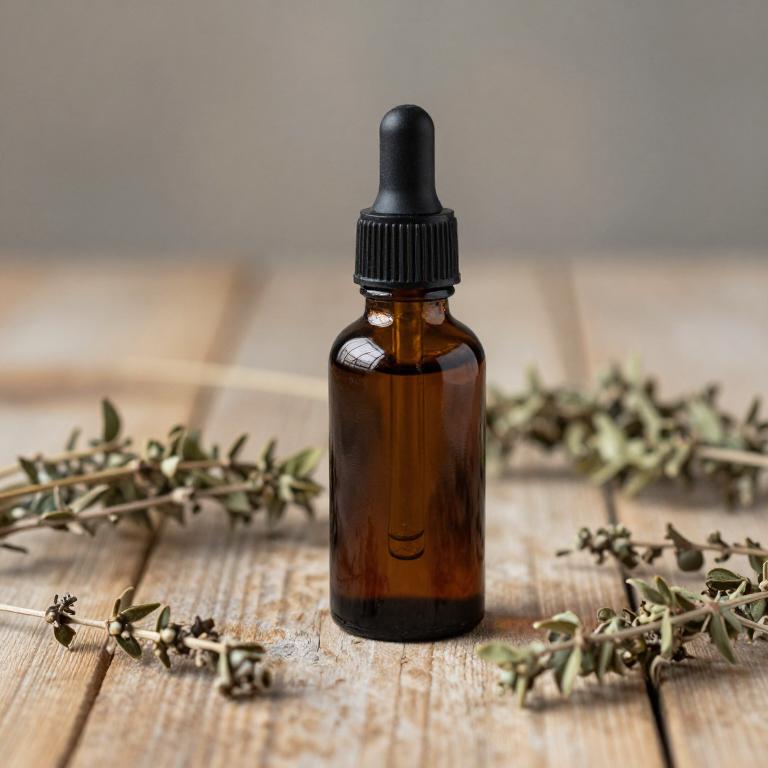
Salvia officinalis, commonly known as sage, has been traditionally used for its antimicrobial and anti-inflammatory properties, making it a potential candidate for herbal tinctures aimed at treating ear infections.
Sage tinctures are typically prepared by soaking dried sage leaves in alcohol to extract their active compounds, such as thujone and flavonoids, which may help reduce inflammation and combat bacterial or fungal infections. While some preliminary studies suggest that sage may have antibacterial effects, more research is needed to confirm its efficacy specifically for ear infections. When using sage tinctures, it is important to consult with a healthcare professional to ensure safe application, especially in the sensitive ear canal.
As a complementary therapy, sage tinctures may support overall ear health, but they should not replace conventional medical treatments for infections.
8. Sambucus nigra
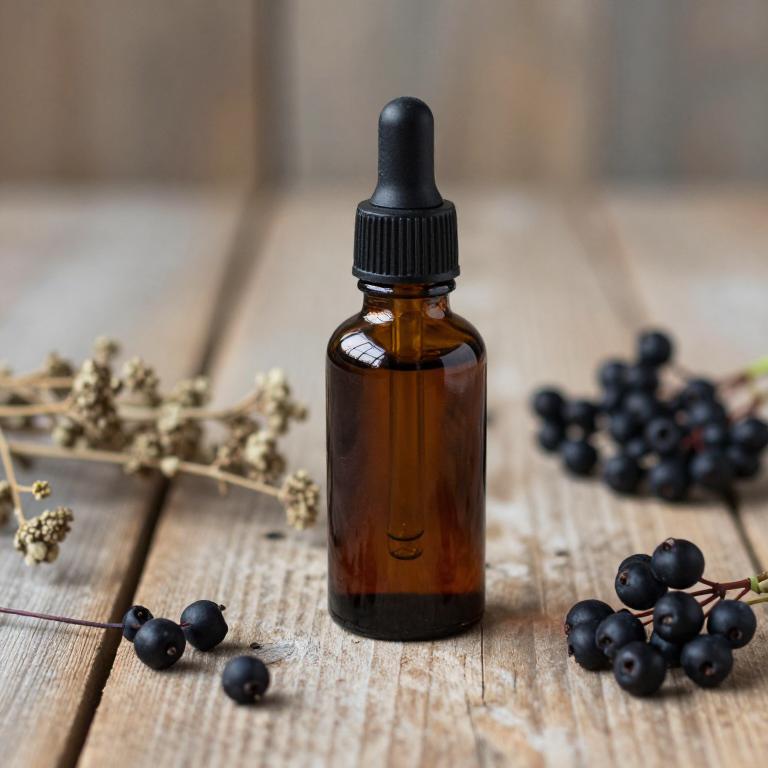
Sambucus nigra, commonly known as European elderberry, has been traditionally used in herbal medicine for its potential anti-inflammatory and antimicrobial properties.
Sambucus nigra herbal tinctures are often prepared using alcohol to extract the active compounds from the berries, leaves, and flowers. These tinctures are sometimes used as a complementary therapy for ear infections due to their ability to support the immune system and reduce swelling. However, it is important to consult a healthcare professional before using these tinctures, especially for children or individuals with chronic health conditions.
While some anecdotal evidence suggests they may help alleviate symptoms, scientific research on their efficacy for ear infections is limited.
9. Rosmarinus officinalis
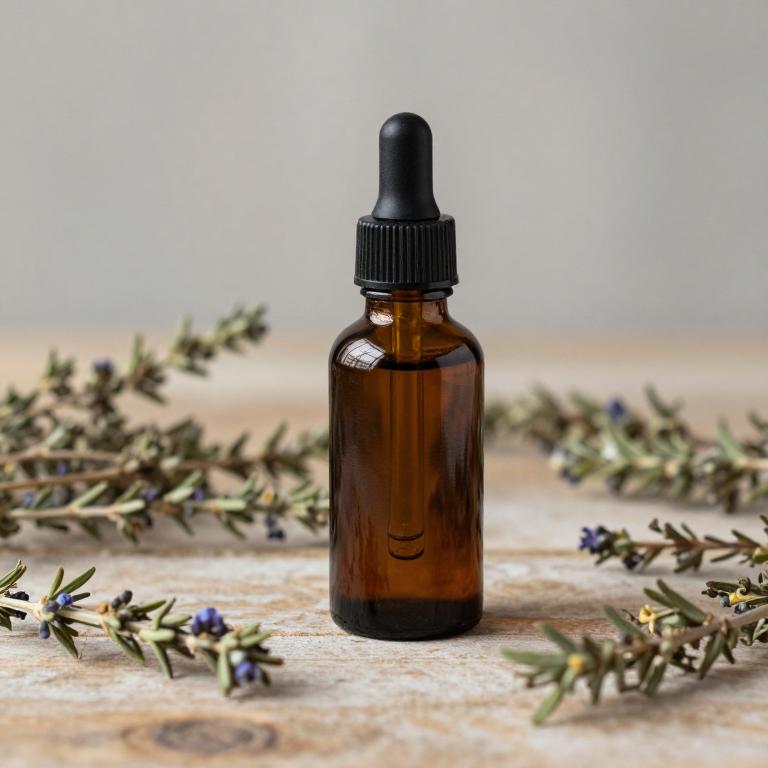
Rosmarinus officinalis, commonly known as rosemary, has been traditionally used for its antimicrobial and anti-inflammatory properties, making it a valuable component in herbal tinctures for ear infections.
These tinctures are typically prepared by infusing rosemary leaves in alcohol to extract their active compounds, such as carnosic acid and rosmarinic acid, which exhibit potent antibacterial and antifungal effects. When applied topically or used in ear drops, rosemary tinctures may help reduce inflammation and combat the pathogens responsible for ear infections. However, it is important to consult a healthcare professional before using rosemary tinctures, as they may not be suitable for all types of ear infections or for individuals with allergies.
Despite their natural origins, these tinctures should complement, not replace, conventional medical treatments for ear infections.
10. Thuja occidentalis

Thuja occidentalis, also known as eastern arborvitae, is a commonly used herb in herbal medicine, and its tinctures are sometimes employed for their antimicrobial and anti-inflammatory properties.
While there is limited clinical evidence supporting its effectiveness specifically for ear infections, some practitioners suggest that thuja tinctures may help reduce inflammation and support the body's natural defenses against infection. It is typically used in small doses, often diluted in water or alcohol, and may be applied topically or taken internally under professional guidance. However, it is important to consult with a qualified healthcare provider before using thuja tinctures, as they can interact with other medications and may not be suitable for everyone.
Overall, thuja occidentalis tinctures are not a substitute for conventional medical treatment of ear infections, but may be considered as a complementary therapy in certain cases.